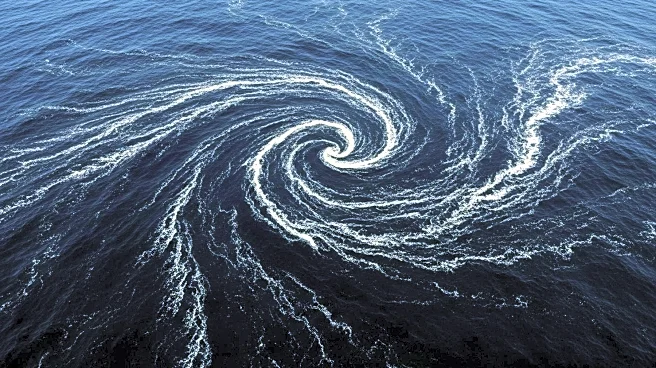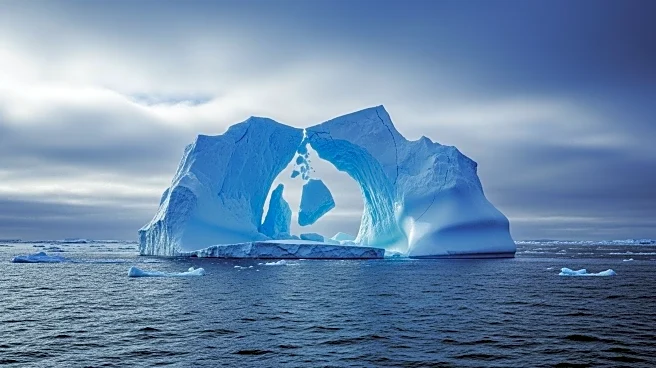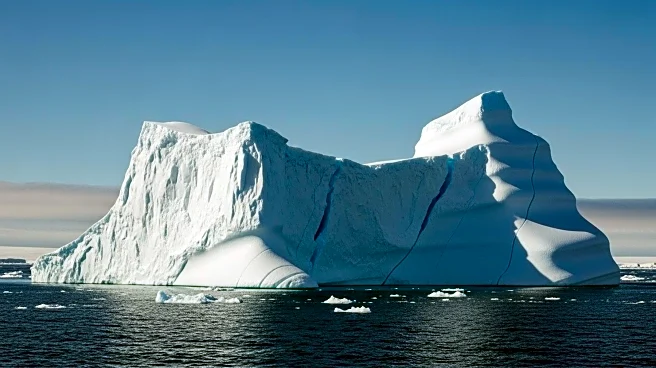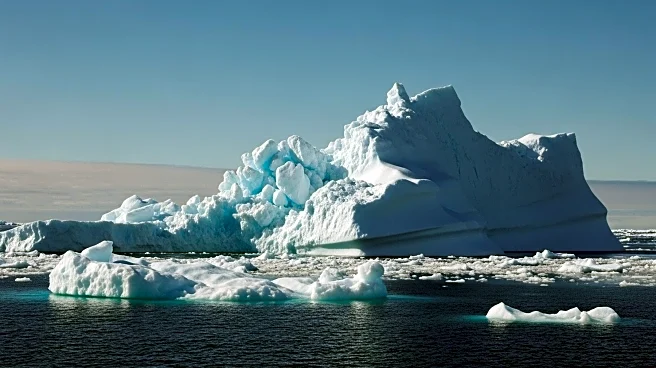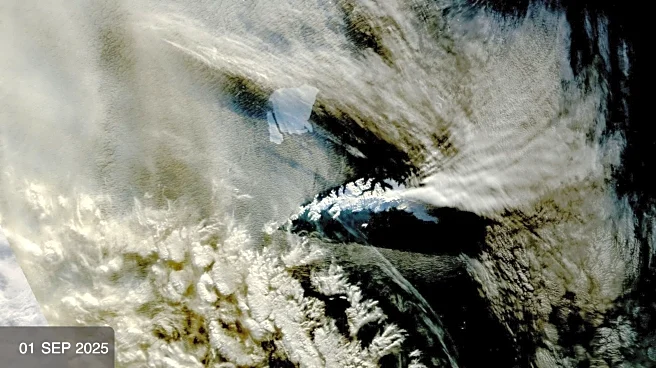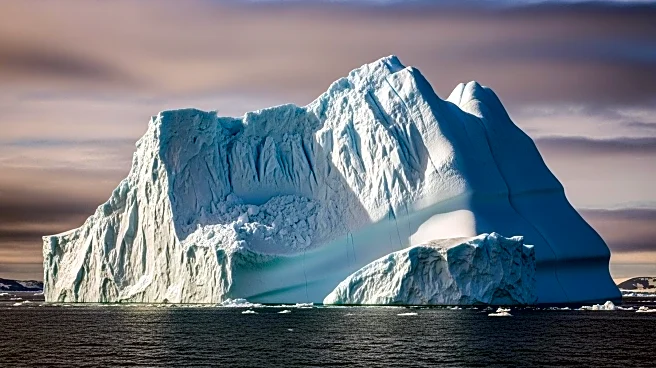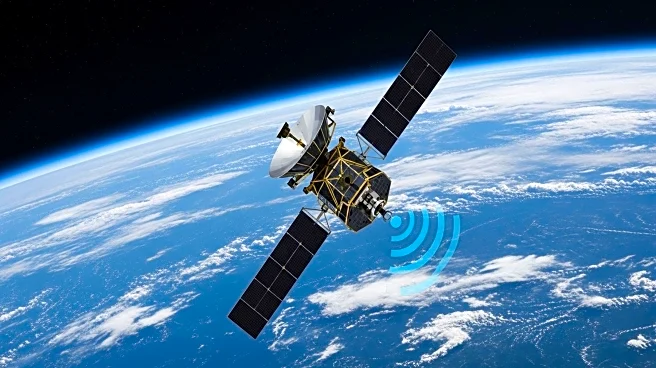What's Happening?
The world's largest and oldest iceberg, known as A23a, is rapidly breaking apart in the South Atlantic Ocean. Originally calved from the Filchner-Ronne ice shelf in Antarctica in 1986, A23a has been tracked by scientists for nearly four decades. The iceberg, once the size of the Hawaiian island of Oahu, has shrunk to approximately 1,700 square kilometers, about the size of Greater London. Its journey has been marked by periods of being grounded in the Weddell Sea and later in an ocean vortex known as the Taylor column. Now, in warmer waters, A23a is disintegrating into smaller icebergs, a process expected to accelerate with the onset of the southern spring.
Why It's Important?
The disintegration of A23a, while a natural part of the iceberg lifecycle, provides valuable insights into the behavior of large icebergs and their environmental impacts. The breakup of such a massive iceberg can influence oceanic conditions, including freshwater mixing and carbon levels, which are critical for understanding long-term sea level changes. The research conducted on A23a's path and its environmental interactions contributes to the broader scientific understanding of polar regions and their role in global climate systems. This knowledge is essential for predicting future changes in sea levels and the potential impacts on coastal communities worldwide.
What's Next?
As A23a continues to break apart, scientists will monitor the smaller icebergs and the environmental changes they cause. The data collected from A23a's journey will aid in future research on mega glaciers and their influence on sea level rise. The British Antarctic Survey and other research institutions will likely continue to study the remnants of A23a to gain further insights into the processes governing large icebergs and their ecological impacts.
Beyond the Headlines
The story of A23a highlights the dynamic and often unpredictable nature of polar ice movements. While its breakup is not directly linked to climate change, the study of such icebergs is crucial for understanding the broader implications of polar ice dynamics in a warming world. The research on A23a may also inform future conservation efforts for marine ecosystems affected by large icebergs.





